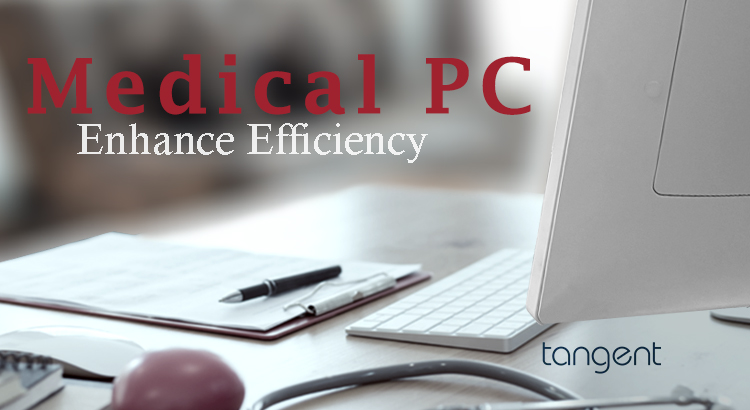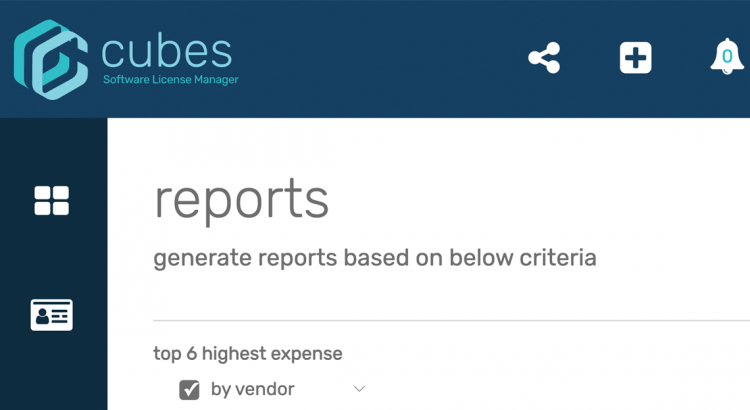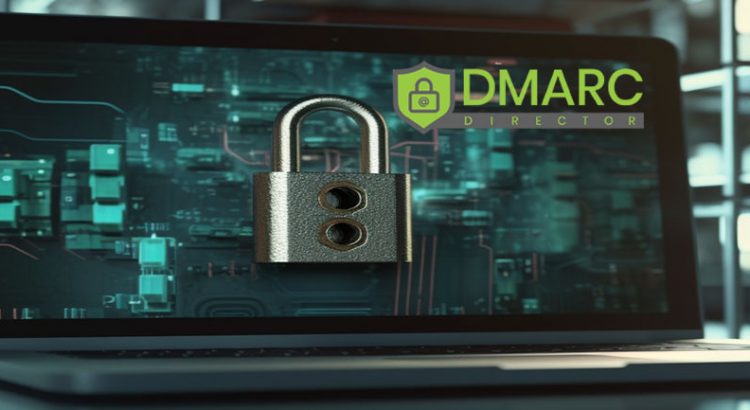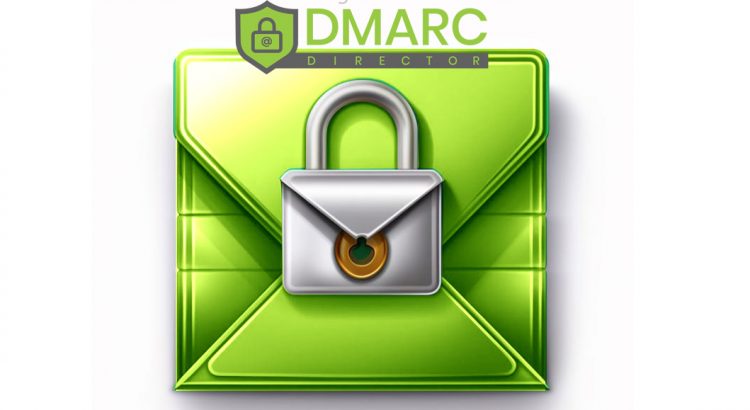In today’s digital age, email continues to be a primary communication channel for businesses and individuals alike. However, email-based cyber threats, such as phishing and spoofing attacks, pose significant risks to organizations and individuals. To combat these threats and enhance email security, protocols like DMARC (Domain-based Message Authentication, Reporting, and Conformance) have emerged. In this […]
Month: May 2023

Medical PCs: Powering Healthcare Innovation and Efficiency
In the rapidly evolving landscape of healthcare, technological advancements are revolutionizing patient care, improving outcomes, and enhancing operational efficiency. At the heart of this transformation are medical PCs, purpose-built computing devices designed to meet the unique demands and rigorous standards of the healthcare industry. In this comprehensive guide, we will explore the essential role of […]

License Management Software for Effective Software Asset Management
Software asset management (SAM) is a critical practice for businesses of all sizes. It involves managing and optimizing software assets to ensure compliance, reduce costs, and enhance operational efficiency. However, manual license tracking and compliance can be complex and time-consuming, leading to significant challenges for organizations. This is where license management software comes into play, […]

Industrial Panel PC: Tangent’s S24 V3
Industrial Panel PC: Tangent’s S24 V3 Tangent’s S24 is a rugged, compact, and highly configurable industrial panel PC designed for use in harsh environments. It offers powerful processing capabilities, up to 32GB of RAM, and a range of connectivity options, including USB, Ethernet, Wi-Fi, and Bluetooth. It is designed with security in mind, featuring TPM […]

Protecting Your Business from Email Fraud with DMARC
Why a DMARC Business SaaS Solution is Worth the Investment DMARC, which stands for Domain-based Message Authentication, Reporting, and Conformance, is an email authentication protocol that helps protect your domain from email fraud and phishing attacks. It provides email domain owners with the ability to indicate that their emails are protected by SPF (Sender Policy […]

DMARC: The Ultimate Guide to Email Authentication
Email authentication is a critical aspect of email security. It helps ensure that the emails you send and receive are legitimate and not forged or spoofed. DMARC (Domain-based Message Authentication, Reporting, and Conformance) is one of the most effective email authentication protocols that organizations can implement to prevent email fraud and protect their brand reputation. In this […]
